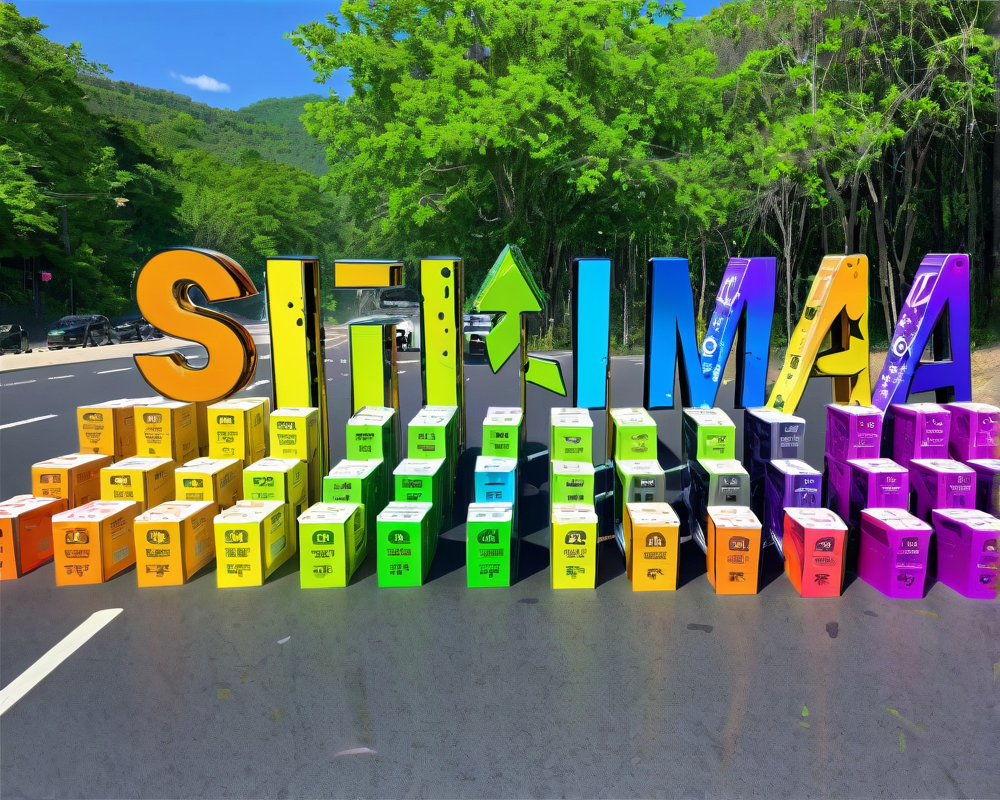Historic Merge Transaction by Sigma Prime
In a groundbreaking announcement, blockchain security provider Sigma Prime has achieved its first merge transaction between the two Ethereum networks. This transaction, executed by its Lighthouse client, utilized only Proof of Stake (PoS) validators—a significant milestone celebrated in a tweet on March 25.
Lowering Energy Consumption
According to Sigma Prime, this achievement could contribute to a staggering 99.98% reduction in Ethereum’s energy consumption. This figure is derived from a comparison between the previous Proof of Work model (Eth1) and the more efficient Proof of Stake system (Eth2). Talk about turning down the wattage!
Still a Work in Progress
While Sigma Prime is excited about this development, they caution that we are still in the prototype stage of the project. They emphasize that there remains a mountain of work ahead and urge the community to view this as a sign of collaboration between Eth1 and Eth2 developers. As they put it, this is just the ‘tip of the iceberg.’
Looking Back: Teku’s Previous Success
This isn’t the first time Ethereum transactions have crossed into new territory. Sigma Prime reminisces about an achievement in August last year, when the Teku Ethereum client successfully demonstrated performing Eth1 functions within the Eth2 framework. It seems Ethereum’s transition has been a journey of several small steps rather than one giant leap.
The Future: Phase 1.5 and Beyond
The merge transaction is a crucial step toward the anticipated Phase 1.5 upgrade in the Ethereum 2.0 roadmap. This exciting phase will introduce a “docking” process that merges the Eth1 mainnet with the Eth2 Beacon Chain and its much-anticipated sharding system. Forking (not the food kind) is in our future!
Community Buzz: Mining vs. Staking
The news of the Lighthouse development has ignited discussions on social media platforms, especially Reddit. Users expressed concerns regarding mining operations and the associated high power consumption. One Redditor quipped, “It’s simpler to profit from staking than mining these days,” highlighting the rising costs of electricity and hardware. With staking on the Beacon Chain currently offering an annual percentage yield (APY) of 8.2%, it seems that many are choosing to trade in their mining rigs for a more sustainable approach.




